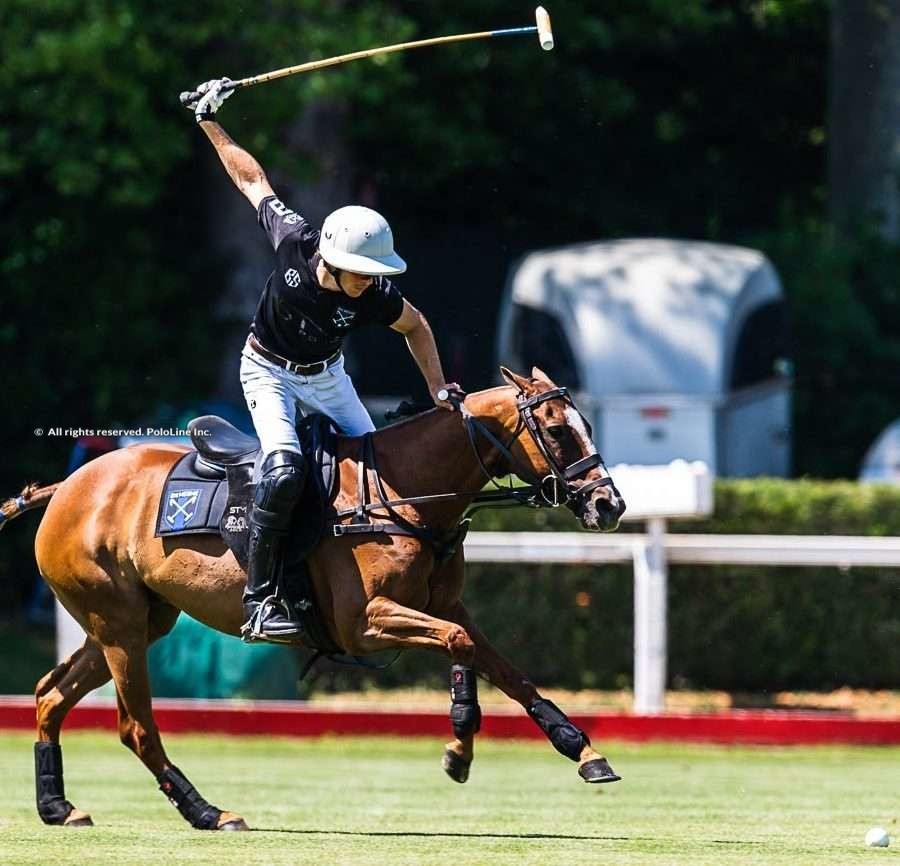By Prof. Eduardo Amaya
In this note, I want to highlight something that every good polo player naturally does when mounted on their horse playing polo. There are two elements that constitute part of the anatomy of our body that play a leading role during horse handling and striking: the hip and the pelvis, both formed by different bones and joints.
Working together, they enable the movement of the lower trunk. Both transmit weight to the legs and support it in different static (motionless) and dynamic (with movement) positions. In the context of riding, the rider or player will assume positions on the horse, either sitting in the saddle through the pelvis or supported in the stirrups by the legs in direct relation to the hips. The hip is a joint between the ilium and the femur, and the pelvis is a complex bony structure shaped like a funnel, formed by the ilium, sacrum, coccyx, pubis, and ischium.
In polo riding, during certain commands given to the horse, we work with the pelvis and hips. We perform anteversion (anterior inclination of the pelvis) and flexion on the side to which we instruct the horse to turn. We tilt the pelvis, making it the steering wheel for horse handling. This way, commands will go from back to front, from hips to pelvis, body weight, legs, and finally, reins.
Arching the body, flexing the hips forward, and pelvic retroversion (posterior inclination) do not favor freedom of movement for both the torso and legs (leaning position on the horse), a jockey position. This results in a loss of expression, flexibility, and stability on the horse.
During posting, trotting, or cantering, during the different horse gaits, we work by supporting body weight on the stirrups with rhythmic anteversion of the pelvis according to the gait being performed. During stops or holds, the opposite of anterior pelvic inclination occurs, as initially, the legs move forward, hip flexion accompanied by posterior pelvic inclination (retroversion).
Pelvic anteversion or anterior pelvic inclination with lumbar concavity is a fundamental position during ball contact. At the same time, knee flexion and hip flexion (pelvic inclination) on the striking side ensure an upright torso position, freeing up movement (essential for head rotation during the game), a straight spine, and the ability to perform torque or rotation around it at the end of the swing. Without this anterior pelvic inclination, the spine will remain arched in an inverted “C” shape, preventing alignment with the knee (hand/ball distance) and hip and shoulder rotation over it. In summary, without pelvic anteversion, the correct swing is hindered, limited only to arm movement, without involving the entire body, which is crucial.
In my opinion, this is a topic of vital importance to improve both riding and striking. There is much to investigate and share in future articles.

